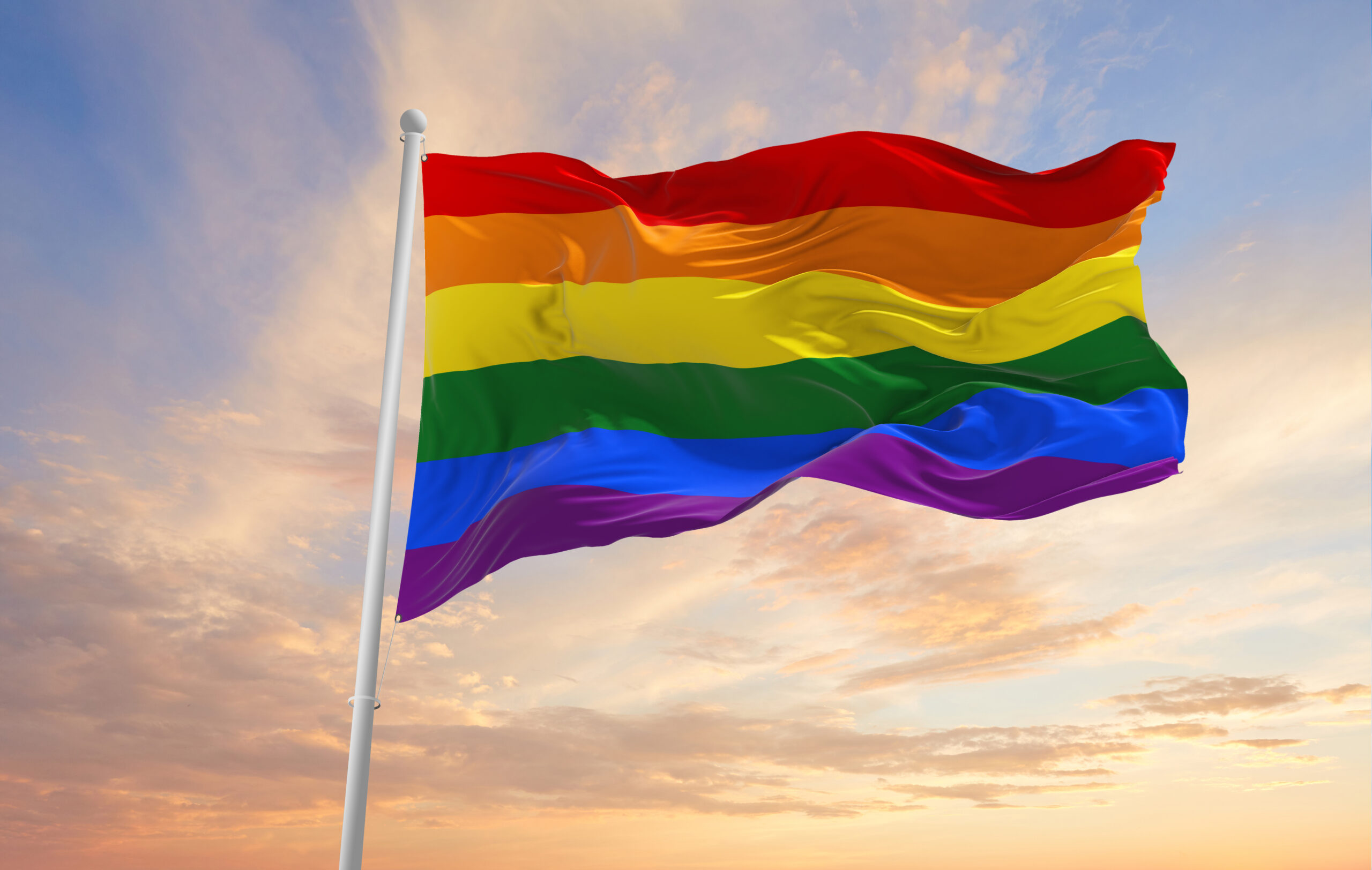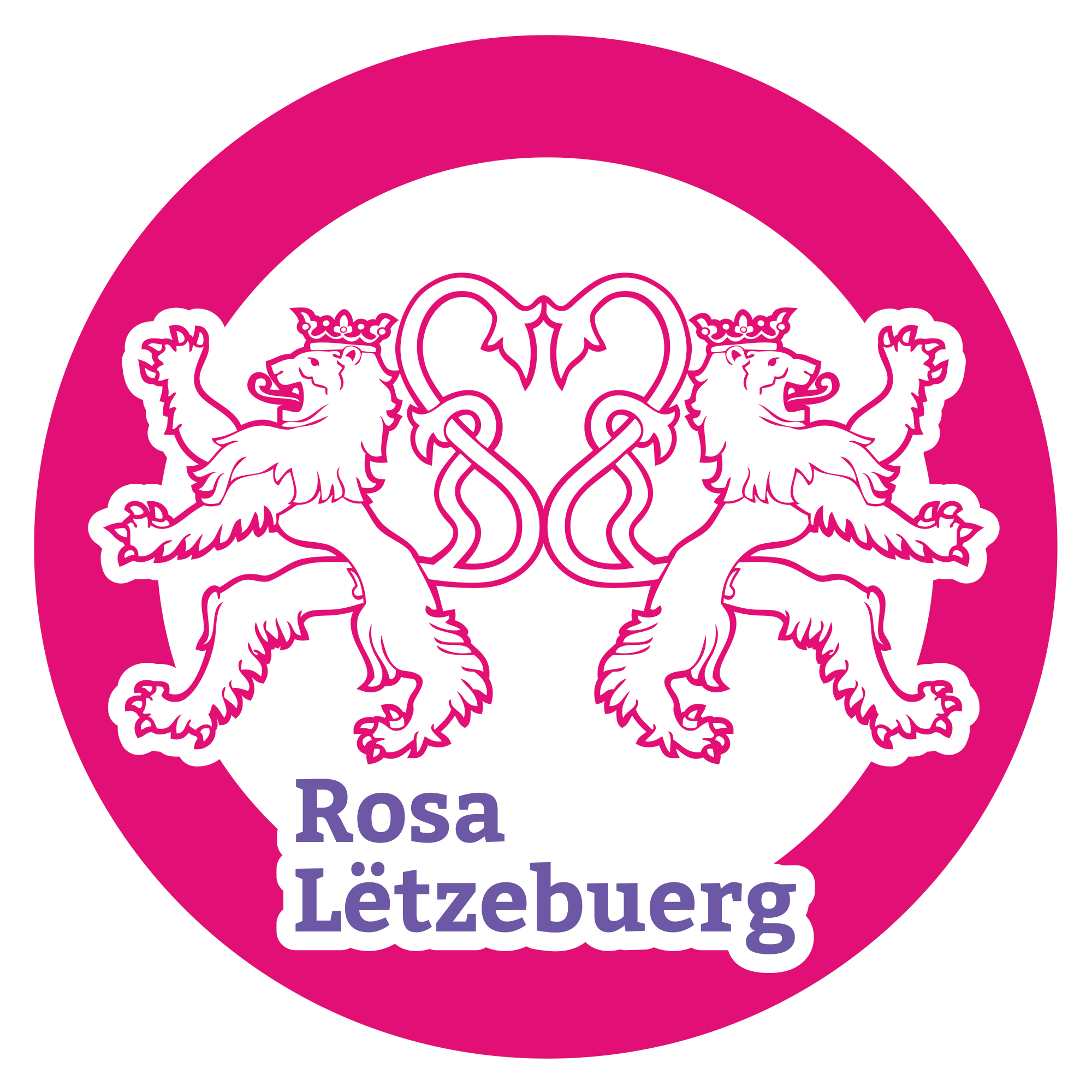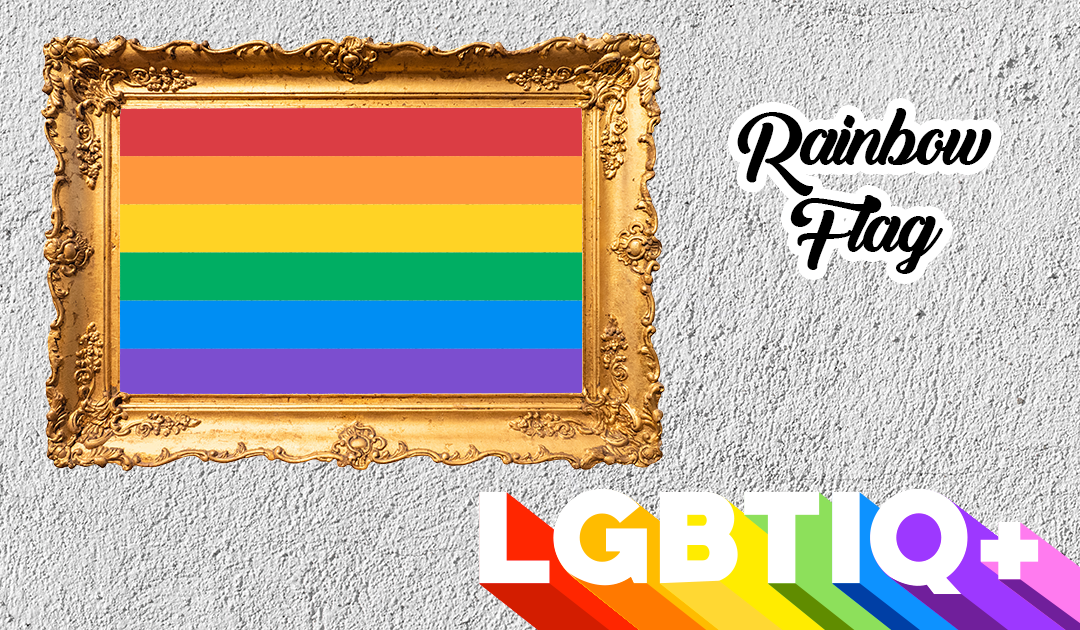Originally the flag consisted of eight colours, but pink and turquoise were removed for production reasons, and since 1979 it has consisted of six coloured stripes. It is usually hoisted with the red stripe at the top, as the colours appear in a natural rainbow. Apart from the obvious symbolism of a mixed LGBT community, the colours are meant to symbolise the following:
Life (red),
healing (orange),
sunlight (yellow),
nature (green),
harmony/peace (blue),
Spirit (purple/violet).
The removed colours stood for sexuality (pink) and art/magic (turquoise).
In the 1980s, a black stripe representing AIDS victims was added as the seventh colour at the bottom of the rainbow flag and called the Victory Over AIDS flag. At various times, other colours were introduced to change the Gilbert Baker flag design, including black and brown for People of Colour in 2017 and white and pink and blue for transgender and queer people in 2019. And more, but more on that later.

Information:
You still want to dress up for this year’s Luxembourg Pride? Then check out our shop!





